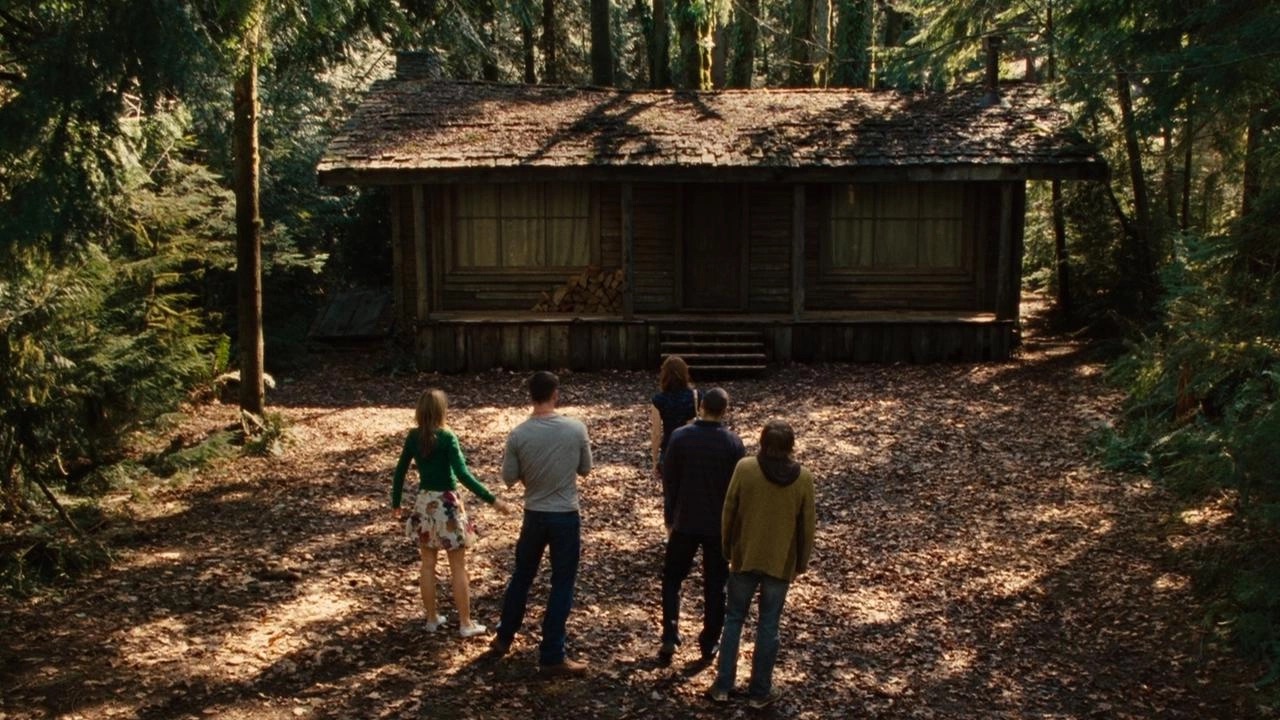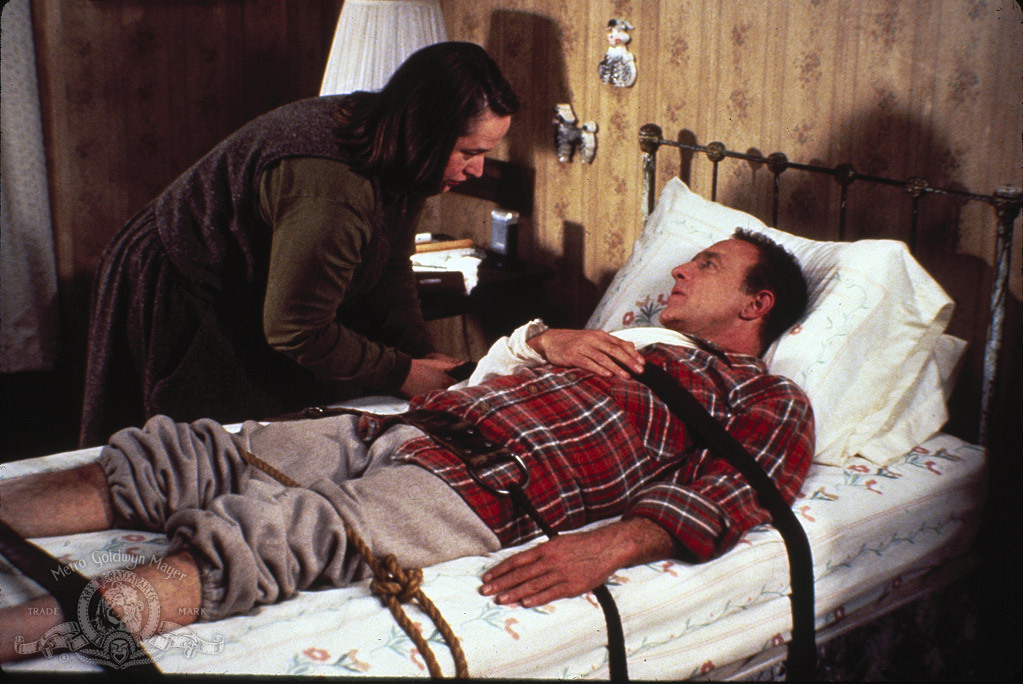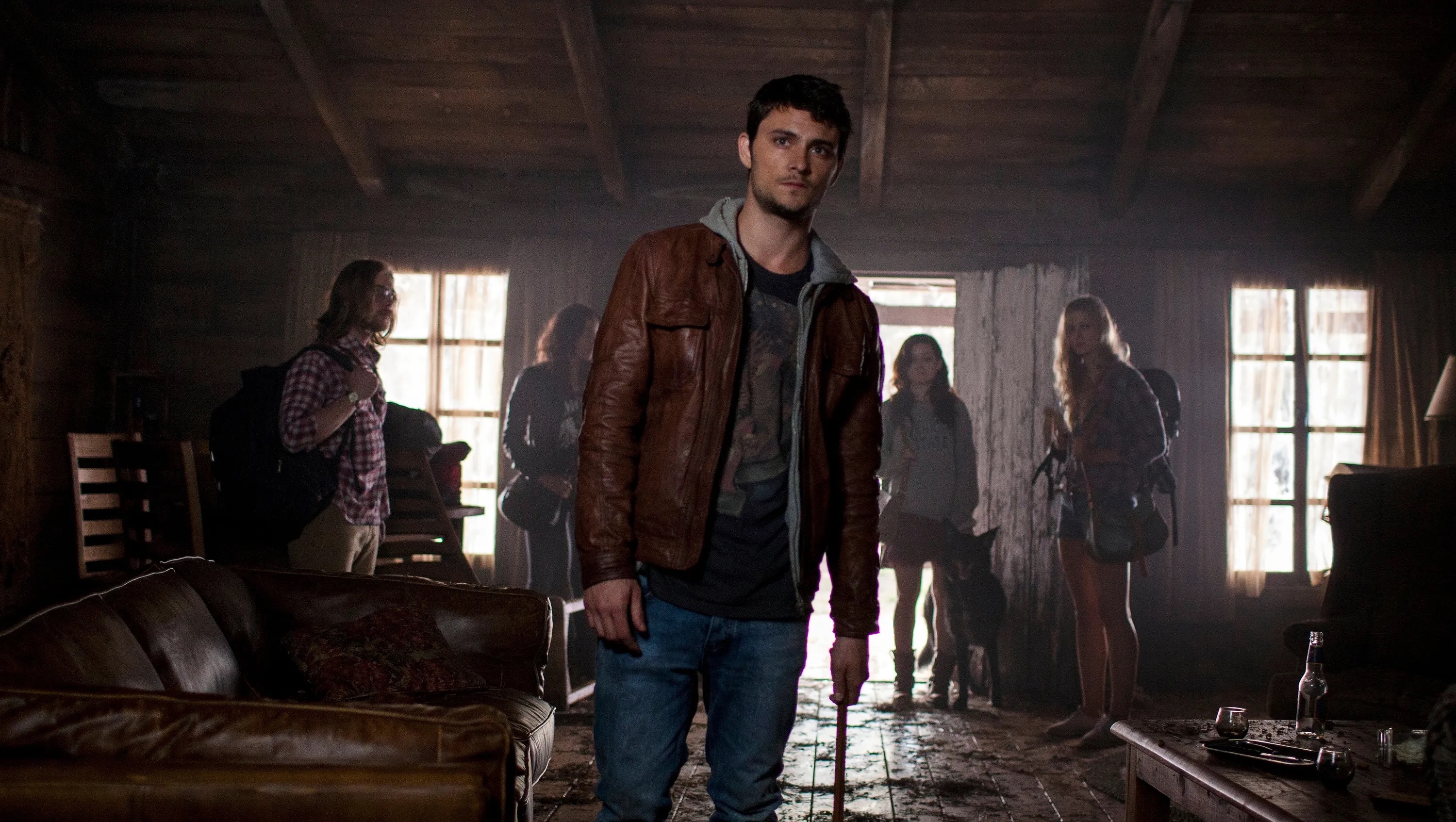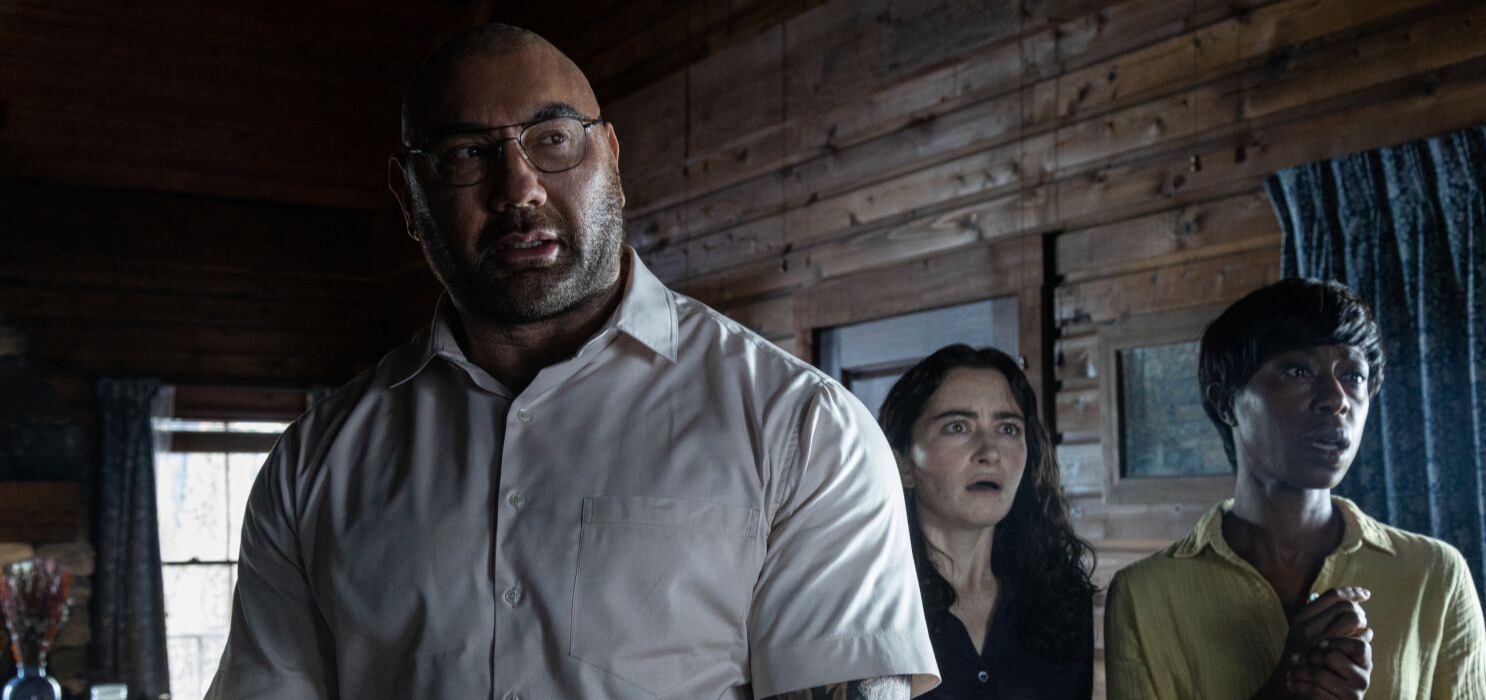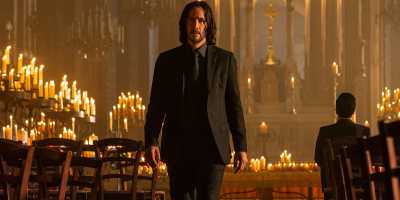The Cabin In The Movies
What's Up With Cabins in Horror Movies?
Justified by the streaming release of Knock at the Cabin, M. Night Shyamalan's latest, I feel obligated to take a deep dive into the wonderful world of horrifying cabins. While not a new setting, the modern take on cabin horror has been a delightful kaleidoscope of novel concepts without straying far from the established formula. This formula being, bring people to a cabin in the middle of nowhere, something spooky happens, profit.
Pretty simple right?
Plenty of films stick to this simplistic rendering of a boiled down plot, producing great results.
Classic horror films like The Evil Dead, the 2013 remake Evil Dead, and the Friday the 13th franchise are cut and dry implementations. A group of young friends get together in an isolated cabin, provoke some greater evil, and then have to spend the rest of the film surviving. The real horror lying within the textural elements of the setting. A cabin, lying deep in a remote wilderness with no hope or help within reasonable reach. That way, when demons come out of the necronomicon in Evil Dead or Jason Voorhees picks up his machete in Friday the 13th you're just as isolated as the very victims in the film. The separation between reality and this new realm of "the cabin" is as terrifying as it is lonely.
There's some great examples of films that don't diverge into the supernatural realm as well, while still sticking to the ole stuck in a cabin trying to not get murdered script. One of the best examples is the James Caan and Kathy Bates led Misery, where Caan plays an author trapped in Bates' cabin after a car crash. Sometimes the supernatural elements of a horror film lend a wonderful creative hand to well designed terrifying elements. But a film rooted in realism can be even more terrifying. In the age of social media and ever-growing internet presence the idea that a car accident, scary in of itself, could result in being trapped in a lonely cabin with an obsessed stalker is outright horrifying. Making this 1990 film all the more relevant and allowing it to age like fine wine.
Supernatural or not, the omnipresent dread in cabin set films is the idea of the cabin itself. Which is why they're so prevalent in horror films, the cabin is the perfect vehicle for horror story telling. Isolation, desolation, and of course stellar set design all contribute to a surreal feeling of misery or lingering dread. Speaking of, Misery works well because of the set design of the cabin. It's well maintained and clean. Of course that's because Bates' Annie Wilkes lives there and runs a tight ship. On the flip side, films like The Evil Dead and Friday the 13th portray a decrepit, dust engulfed cabin to perpetuate confusion to the viewer.
Who in their right mind would stay in this place? Why on god's green earth would you open that overtly creepy door or open a book wrapped in barbed wire and dust??
You rarely see such flummoxing decision making in a well kept cabin. But that's the point now isn't it? An isolated cabin that's a well oiled machine signifies purposeful choices. Deliberate actions to not only keep a cabin so far out of reach from the modern world clean, but commitment to whatever trek it takes to get out there. Our characters are much more decisive, prepared, and downright smarter than anyone choosing to stay in a piece of shit cabin. Take the 2002 film Cabin Fever for instance. This was the film that jumpstarted Eli Roth's career so you know for a fact its got a dingy cabin that is filled to the brim with moronic college kids. Not only are they actively trying to not get infected by a flesh eating virus, by getting infected (big brain moves only), but they're saving time for keeping life saving secrets and impulsive sex. This sort of chicanery would never happen in a clean cabin!
Now this isn't meant as some sort of crusade on the cleanliness or appearances of cabin core in films. I prefer to think of it as the aesthetic that drives the ethos of the film and the soul of the terror. Again, that's why lonesome cabins in the woods work so well to disquiet the viewer. A messy aesthetic combined with absurd rationale works to quickly get you on the edge of your seat.
Much of what I'm saying here rings true especially in the dark comedy satire The Cabin in the Woods which purposefully subverts all of these cabin-horror tropes. You've got a classic group of friends, some of which are clearly working with impaired decision making skills, and a bedraggled cabin reeking with murder. There's even a secret basement that happens to blow open holding all of the items that can summon supernatural forces. Seriously, this film is outright calling out The Evil Dead by slamming a basement full of mysterious objects including their own necronomicon. If you've seen the film though then you understand that many of the decisions by the group, and their overall predicament is due to a cabal of underground workers attempting to prevent the apocalypse through sacrifice.
Sounds like a lot right?
But it paints an interesting picture, one that's relatively ignored in horror movies, especially ones taking place in lonesome cabins at the far edge of a forest. Why do characters in these films make the choices they make? Friday the 13th, Cabin Fever and The Evil Dead create a low-stakes decision tree that has two choices: ruin this wonderful getaway in a shitty cabin and leave, or stay and try to have some fun! For the most part these films do it in a fun way that exemplifies horror. You don't agree with a lot of the character choices, squirming in your seat as they go right instead of left, but its low stakes nonsensical fun. I love The Evil Dead franchise and I can't wait for some new energy in it with Evil Dead Rise, even if its not in a cabin, but all the aforementioned films are just coping with ruining a weekend getaway.
That's why The Cabin in the Woods is so much more fun. It's compelling because there's another layer of complexity to these choices, and they're even explained straight to your face. Why are they in a shitty cabin for a getaway? Well they've been lured there by this secret organization, led by an extremely entertaining Richard Jenkins and Bradley Whitford. Hell they even pipe gas into the cabin to dull the group's senses and promote stupefying choices. That's why flipping the formula on its head to have the stoner be the one with some actual sense is so ironic and refreshing! At one point the group does try to leave but the tunnel they drove in through is blown up so that might refute my point of escaping, but it's a choice they made to leave. Not many groups of whimsical kids in cabins make that decision. Ultimately the film comes down to two characters deciding whether to save the world or not, to which they defiantly say "fuck em" and let the world burn.
Interesting nonetheless, The Cabin in the Woods paved the way for Shyamalan's similarly structured Knock at the Cabin. Not only is leaving not really an option but the group's usual decisions for survival aren't in play. Instead of the classic leave or survive, it's a choice of sacrificing a loved one to save the world, or living together in a desolate world. A world that reflects the isolationist atmosphere of the very cabin they need to decide within.
While I don't think this was by any means Shyamalan's strongest script, it is by far his strongest shot film in the last decade or more. The intricate framing and camera work establish a wonderful model of the cabin, its floor design and of course the lack of civilization nearby. That's where the power of the film comes from. Akin to The Cabin in the Woods the viewer needs to feel just as stranded as the characters. Alone in the woods, in a simple wooden structure where nobody can hear you cry for help or any rescue is damn near impossible. Creating this remote world is the perfect canvas for then forcing your characters Eric (Jonathan Groff), Andrew (Ben Aldridge) and Wen (Kristen Cui) to have to choose between sacrificing one of their own to save humanity, or let the world become a wasteland. It's also helpful when you have Dave Bautista give a fantastic performance, but the true movie magic is the setting.
Another classic reprisal of the lonely cabin in the woods for some good ole horror.
Just remember, if you're ever in a cabin in the remote wilderness and some spookiness is afoot, you can always just leave. Just kidding, you wouldn't want to ruin your getaway now would you?






